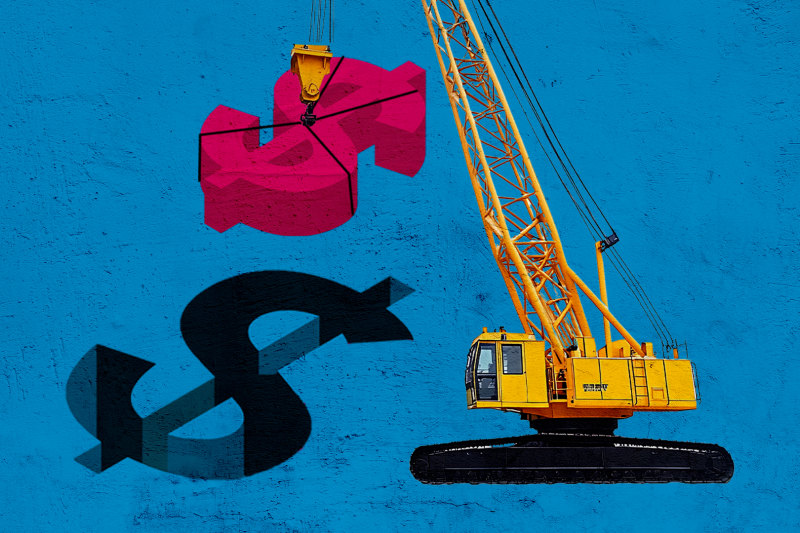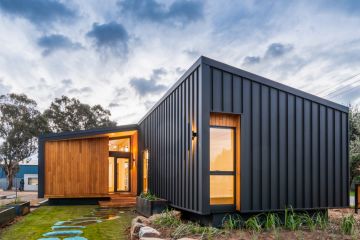Understanding mortgages

You might have a deposit ready, but you’ll also need to study your mortgage options carefully and be clear on all your real estate costs.
Shop around for a mortgage lender that fits your requirements and get your funds pre-approved if possible. You’ll need to consider your loan’s interest rate, term and any other special features (such as whether you can redraw funds in excess of the minimum balance, any conditions around making extra payments, and how often the interest is calculated).
How much deposit do I need?
Your deposit is a down-payment on your new home and, generally speaking, the bigger the better. If you have less than 20 per cent of the real estate’s purchase price you’ll need lenders’ mortgage insurance. It may be possible to finance the full price of your new home but this can be risky as you start with no equity and will need full insurance.
If you don’t have a deposit, there are still other options. One is to enlist a guarantor, such as your parents – these are called ‘family guarantees’ and would involve their financial support (for example, through a mortgage on a property).
Do I need pre-approval for a mortgage?
Lenders offer various types of pre-approval home loans. Applying for pre-approval with a lender will help determine how much finance you can access. While approaches may vary, generally there are three types:
- Basic pre-approval home loan: offered online by some institutions, this will give you an idea whether a lender is likely to provide you with a mortgage. It’s a handy guide but it’s not a formal agreement, so don’t rely on it as a guarantee of funds.
- Conditional pre-approval home loan: also called ‘indicative pre-approval’ or ‘approval in principle’, this means the lender has assessed your circumstances and is likely to approve your loan – but your application hasn’t been formally assessed so it’s not a guarantee.
- Unconditional pre-approval home loan: a solid indication that the lender will provide you with a loan for a specific property, usually based on an assessment of your situation. If you want to go ahead, you’ll have to start the formal application process.
Though it may be easier to apply for pre-approval with your existing bank, it’s well worth shopping around to see what mortgage options are available before making an application.
Mortgages and interest rates
There are two primary types of interest rates on mortgages: fixed and variable. Both have benefits and it’s important to get advice – this can be provided by your financial advisor, accountant or potential lender – as to what either means for you financially.
- Fixed rate mortgage: best for the borrower who wants to stick to a budget and plan their finances. You’ll miss out on the benefit of interest rate drops – but you’re also protected against increases.
- Variable rate mortgage: a flexible option if you don’t mind some risk, as you may get hit with a rate rise and end up paying more interest. On the other hand, you will benefit from interest rate falls, which will help you pay off your loan earlier.
It may be possible to split your home loan so that part of it is fixed and the rest is on a variable rate. Check with your lender to confirm your options.
We recommend
States
Capital Cities
Capital Cities - Rentals
Popular Areas
Allhomes
More







